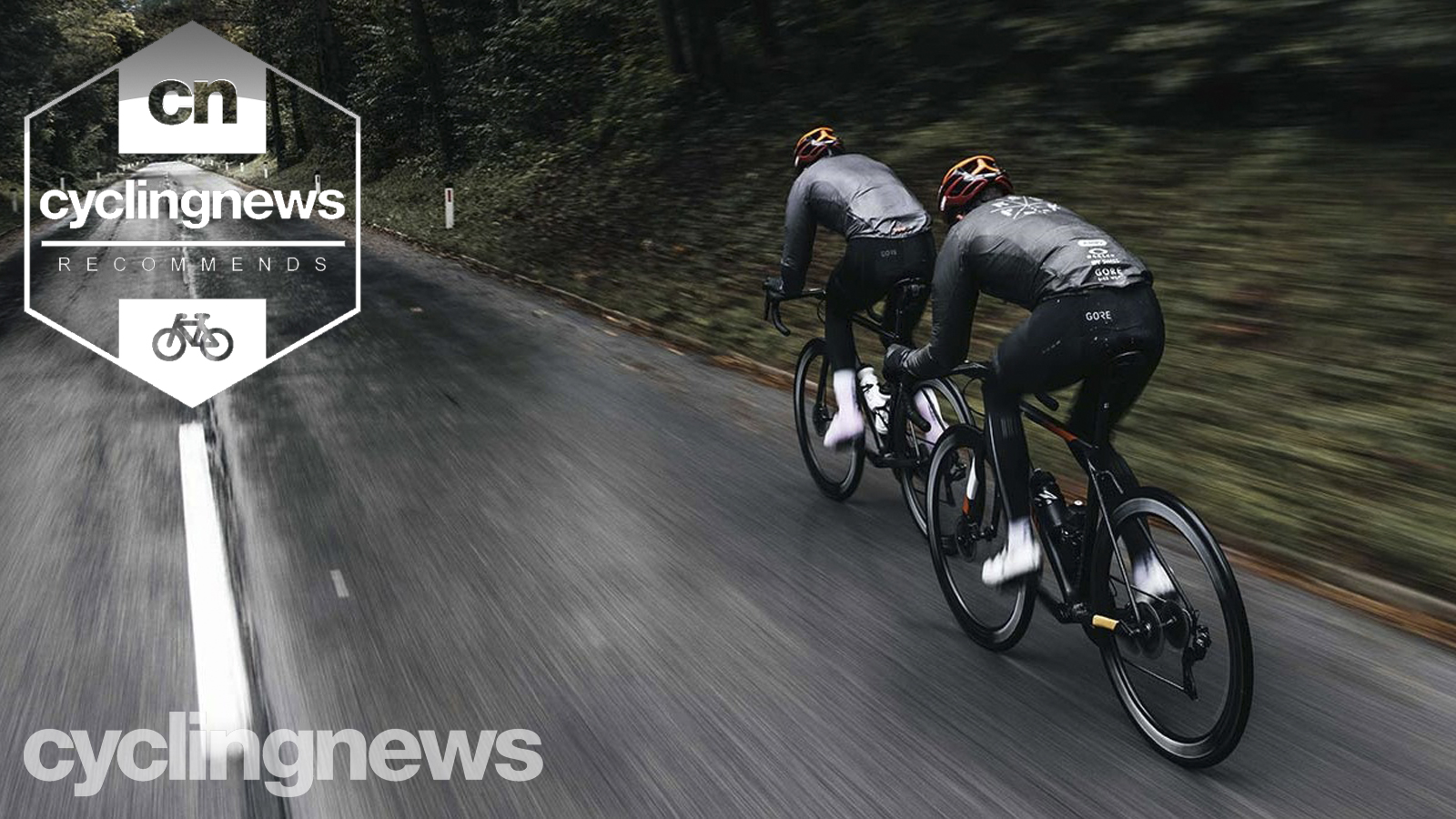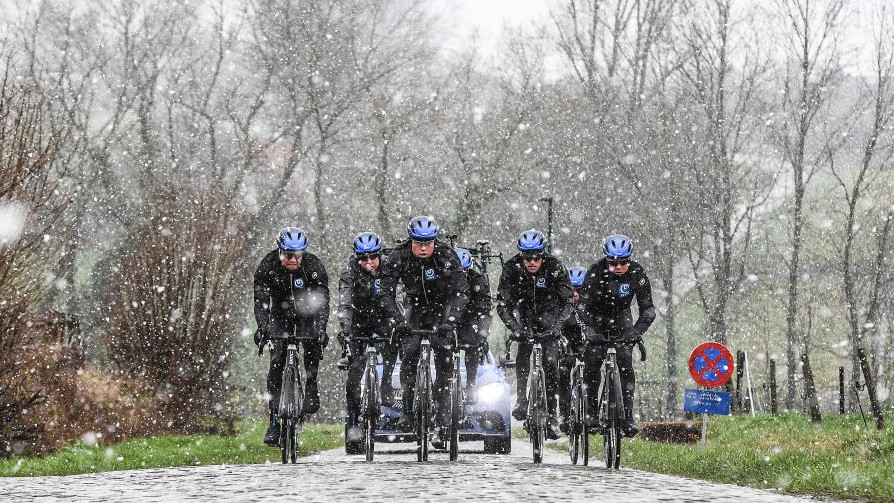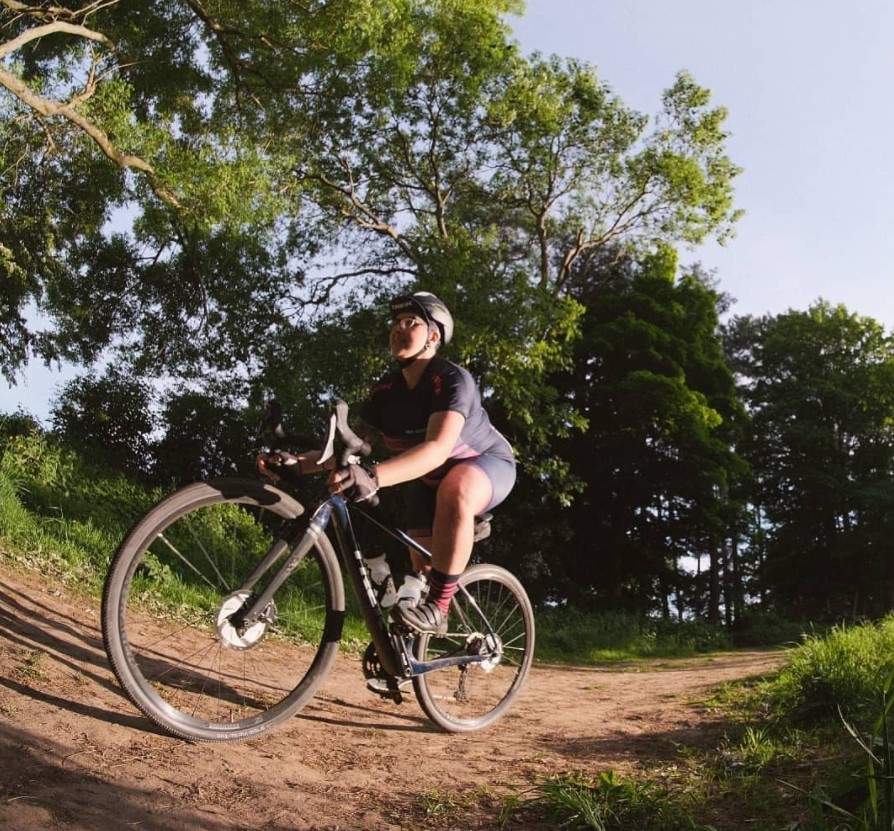How to dress for cycling in winter
Knowing how to dress for cycling in winter will help you stay warm while out riding in the colder months

Here in the northern hemisphere, we’re tearfully bidding farewell to summer and embracing the crisp mornings and golden glow of autumn. Before we know it, winter will be upon us, so it’s time to start thinking about how to dress appropriately for our winter cycling efforts.
Of course, with so many winter cycling kit options out there, from the best winter cycling jackets and best base layers, to the best cycling jerseys with thermal insulation and long sleeves, not to mention the best cycling overshoes and the best winter gloves to keep your extremities warm, do you really have to invest in all this stuff?
The truth is, you can invest in as much or as little as you want to. If you’ve got money burning a hole in your pocket, then by all means, splash out as much premium kit and the best winter cycling shoes you can find. However if you’re on a budget, then there are some key strategies you can employ to help you dress properly for cycling in winter.
Here at Cyclingnews, we’ve got a team of very experienced and enthusiastic cyclists who pedal all year round, whether we’re taking on frosty commutes to the office or braving some wintery weekenders. Between us, we’ve got a lot of knowledge on this subject, which we’ve drawn upon to help you figure out the best way to dress for cycling in winter.
We’ve also enlisted the help of Jennifer Rust, Senior Product Line Manager at United Sports Brands, to help us lay down the key rules for keeping warm on two wheels in winter.
Layer up your core
Regardless of which garments you choose to wear, the key to staying warm is wearing lots of layers, and protecting your core — the home of your internal organs — from the cold. If you’re particularly new to cycling, you might see riders in winter wearing their Lycra and wonder how on earth they’re getting by without something that looks more substantial. However while it may be tempting to throw a thick jumper or jacket on for a casual ride, it’s actually combining thinner layers that will really do the trick. Each layer traps air, and that’s what keeps you insulated.
“We recommend three layers, with each offering a different functionality,” says Jennifer. She recommends starting with a slim-fit base layer or long-sleeve tee, that can wick away moisture, dry out quickly, and breathe. Next up, a mid-layer with a moderate knit weight, that’s not too heavy and is still breathable while keeping the cold air out. Finally, top it off with a jacket that’s both water- and wind-resistant, yet breathable. Opt for four-way stretch materials for ease of movement, and full coverage at the rear to keep your hips and back covered.
Get The Leadout Newsletter
The latest race content, interviews, features, reviews and expert buying guides, direct to your inbox!
“These layers all work together to ensure comfort, warmth, moisture-wicking and breathability, as well as protection against the elements.”

Choose fabrics that work together
In addition to combining thin layers, it’s important to consider the different fabrics you’re using and how they work together. According to Jennifer, certain combinations work better than others.
“We find that tri-blend fabrics that offer moisture-wicking and quick-drying properties, combined with fabrics that are a moderate weight knit, will be better at keeping you warmer. This is because as you cycle, your body heats up, and the base fabrics need to wick away sweat and dry quickly so as not to cool you down, while the mid-layer traps and keeps that heat in. Meanwhile the exterior wind- and water-resistant jacket will help to keep the elements out.”
For base layers, you want a thin fabric that hugs the body comfortably. Opt for materials that are moisture-wicking and quick-drying like polyester, polypropylene, merino wool, nylon, micromodal or bamboo.
For mid-layers, look for garments that are mostly made up of mid-weight knit fabrics like polyester, cotton, merino wool, micromodal and nylon, as they tend to be most focused on retaining warmth. These tend to be blended with polyurethane fibres, elastane or spandex, for free movement and durability in adverse weather conditions.
When it comes to your outer layer, according to Jennifer it’s important to create a barrier that can protect you from wind, light rain, and a dusting of snow. There’s a multitude of technical fabrics out there that perform incredibly well in these conditions, and many will be constructed with multiple layers with a durable water repellant (DWR) coated exterior. Many jackets made from polyester and nylon will do the trick, though of course the more you spend, the more high-performing the fabrics will be, such as Gore-tex and the like.
If extra warmth is needed, then you can look for garments that specifically feature insulation layers, often made from down (duck feathers) or a synthetic alternative. These tend to feel puffy and contain a lot of space to trap air, and therefore warmth.
For the ability to move freely while keeping your core warm, look for an insulating vest or gilet made from down (ideally recycled), or one of the many synthetic alternatives, such as Polartec Alpha, Primaloft, Thinsulate, or Plumafill.
Other tips for winter cycling
Feeling ready to take on the winter? We’ve got plenty of other information on everything you need to stay warm and dry, and get your bike winter-ready, in our comprehensive guide to winter cycling.
Mildred joined as Reviews Writer for Cyclingnews and BikePerfect in December 2020. She loves all forms of cycling from long-distance audax to daily errand-running by bike, and does almost everything on two wheels, including moving house, and started out her cycling career working in a bike shop. For the past five years she's volunteered at The Bristol Bike Project as a mechanic and session coordinator, and now sits on its board of directors.
Since then she's gone on to write for a multitude of cycling publications, including Bikeradar, Cycling Plus, Singletrack, Red Bull, Cycling UK and Total Women's Cycling. She's dedicated to providing more coverage of women's specific cycling tech, elevating under-represented voices in the sport, and making cycling more accessible overall.
Height: 156cm (5'2")
Weight: 75kg
Rides: Stayer Groadinger UG, Triban RC520 Women's Disc, Genesis Flyer, Marin Larkspur, Cotic BFe 26, Clandestine custom bike
